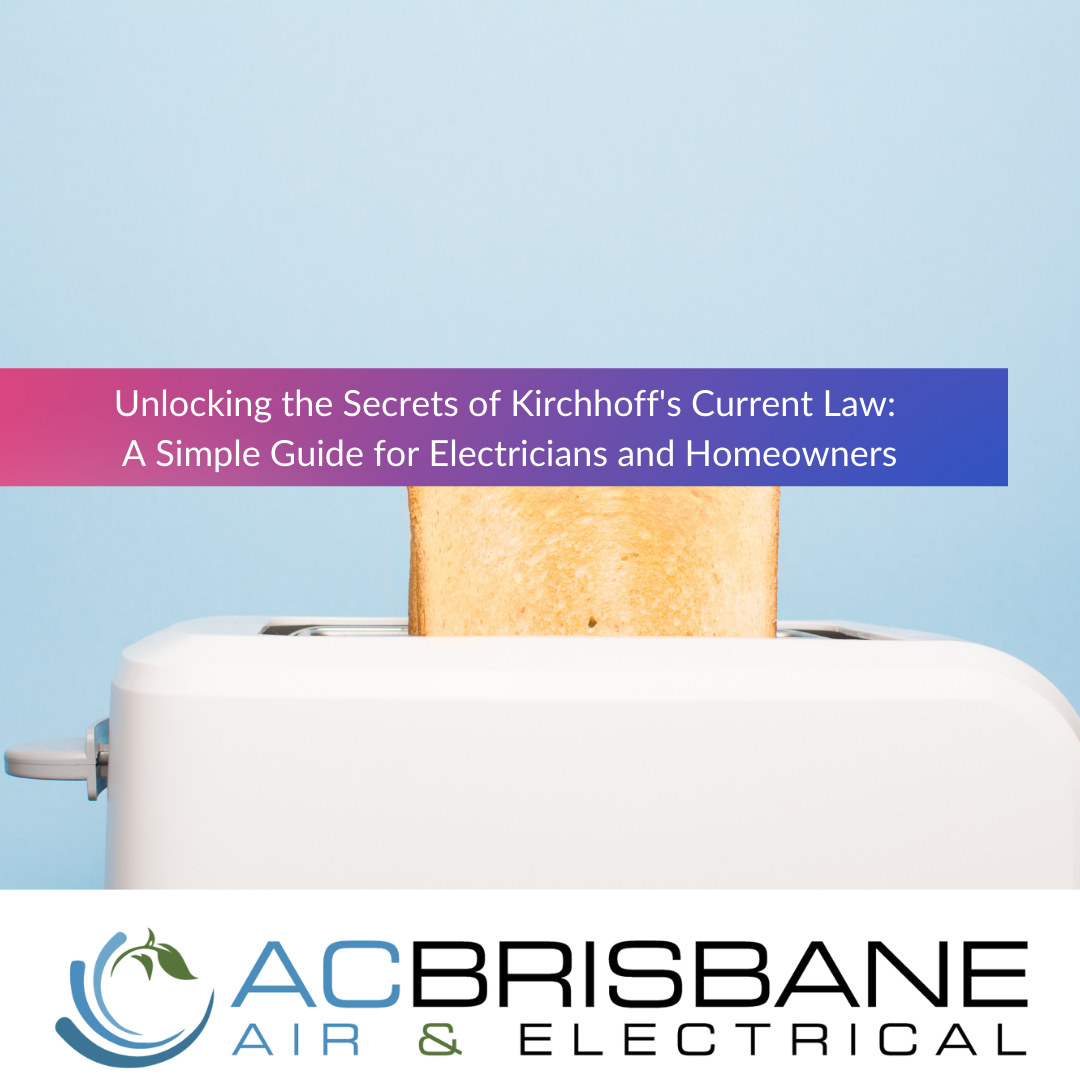ΣIin = ΣIout
where ΣIin is the sum of all current flowing into a node and ΣIout is the sum of all current flowing out of the same node.
The principle behind KCL is that charge is conserved, meaning that it cannot be created or destroyed. Therefore, the total charge flowing into a node must be equal to the total charge flowing out of the same node. This can be understood by considering that current is the flow of charge, and if the charge flowing into a node is not equal to the charge flowing out of the node, there would be an accumulation of charge at that point, which is not possible according to the laws of physics.
To understand how KCL works in practice, let's consider a simple example of a kitchen appliance, such as a toaster. A toaster typically has a power source (e.g., a wall outlet), a heating element, and a switch. When the switch is closed, current flows from the power source, through the heating element, and back to the power source.
Let's assume that the current flowing into the toaster is 10 amps and the current flowing out of the toaster is also 10 amps. Applying KCL, we can see that:
ΣIin = 10 amps
ΣIout = 10 amps
Therefore, the current flowing into the toaster is equal to the current flowing out of the toaster, and charge is conserved.
It's important to note that Kirchhoff's current law applies to any type of circuit, whether it's a simple series circuit or a complex parallel circuit. It is a fundamental principle of electrical engineering and is often used in conjunction with Kirchhoff's voltage law to analyze and solve problems in electric circuits.
KCL is a simple concept, but it has a powerful ability to help us analyze and understand the behavior of electric circuits. It's a must-know principle for anyone who wants to understand how electricity works, from the average homeowner to the professional electrician.

